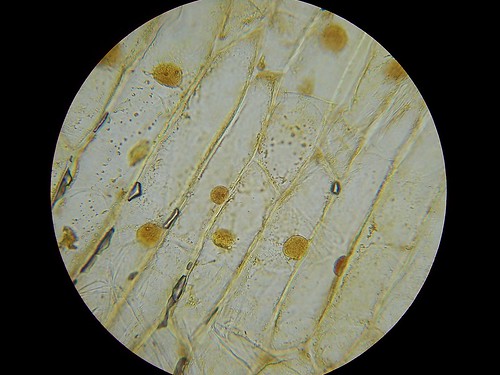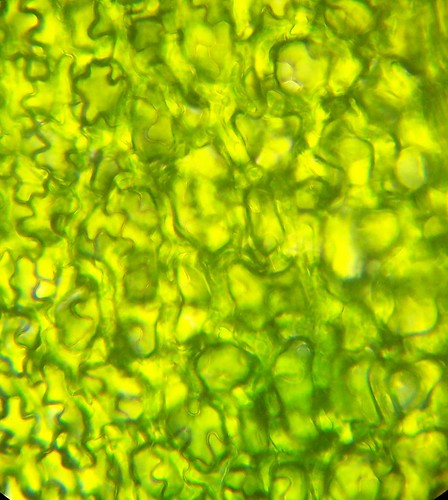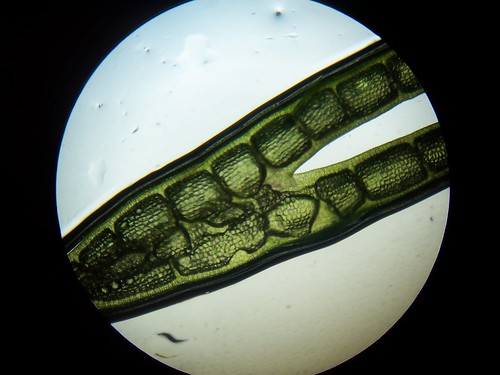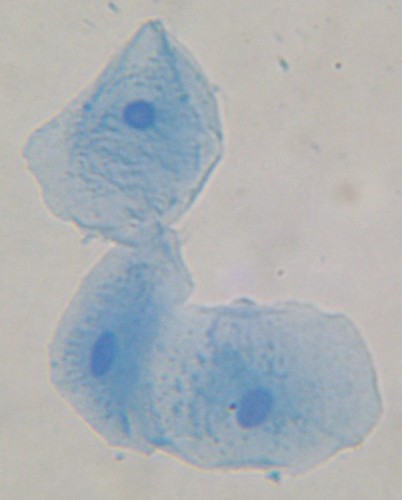The ingredients and the bacterial smear of the window.
We tried a couple of formulas for homemade growth medium in which we could grow bacteria cultures. In real labs, a vegetable product called agar is used to make a gel. The agar is melted and poured into Petri dishes, and then chilled until it solidifies again. To get bacteria samples, a sterile cotton swab is rubbed across a surface. Then the dish is streaked by rubbing the swab in a zigzag pattern across the agar. It is set aside in a warm place and allowed to grow for several days.The first formula was from The Science of Life by Frank G. Bottone, Jr. It used combined flavored Jello and SlimFast diet drink. Instead of Petri dishes, we used small plastic cups (the kind they put ketchup in at fast food places) covered with clear plastic wrap held on with a rubber band. For the sterile swabs, we took Q-Tips and dipped them in a cup of boiling water. Sadly, this formula grew mold but no bacteria.
We had better luck with the second formula. It came from a website called Science in the Real World and was designed by biologist Teresa Thiel of the University of Missouri. It used unflavored gelatin, beef boullion cubes and sugar. We used bacteria from yogurt, a toilet, the stem of our hydroponic tomato plant, the inside of one of our mouths, the inside of our refrigerator, the inside of our fish tank, a window, the inside of one of our navels, some dirt from our back yard, the kitchen counter, a sock, and one of our fingers.
The plant smear and window smear (see top) at 7 days.
At the end of the week, we're going to dispose of the smears and bleach out the box so that any possible escaped bacteria won't start infecting our house.



































